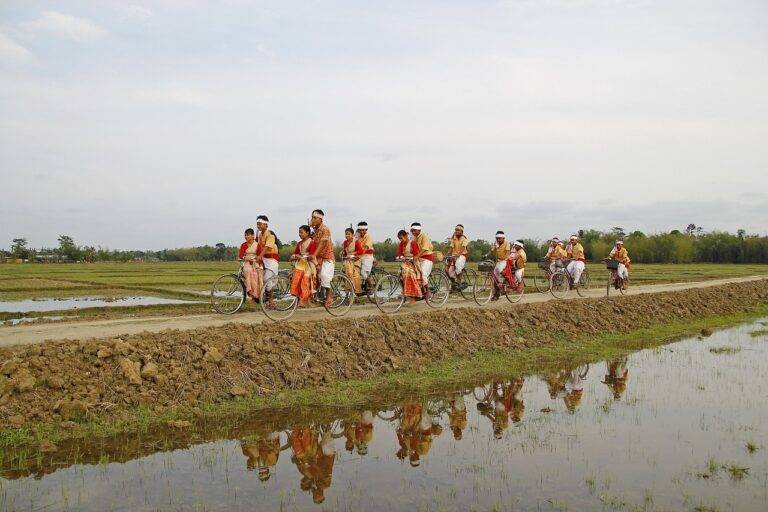The Impact of Election Polling Errors on Voter Confidence in the Electoral Process
Polling plays a crucial role in elections by providing valuable insights into voter preferences and behavior. It allows political campaigns to gauge public opinion on various issues, candidates, and potential outcomes, helping them tailor their strategies accordingly. By collecting data through surveys and questionnaires, pollsters aim to forecast election results and trends, giving candidates a competitive edge in their campaigns.
Furthermore, polling serves as a tool for the public to actively participate in the democratic process by voicing their opinions and influencing decision-making. It provides a platform for individuals to express their views on important social and political issues, shaping the narrative of the election and informing policymakers about the concerns of the electorate. Polling results also offer transparency and accountability, holding candidates and officials accountable to the voting public’s preferences and expectations.
Factors Contributing to Polling Errors
Polling errors can stem from a variety of factors. One common issue is the sampling method used. If the sample size is too small or not representative of the population, it can lead to inaccuracies in the poll results. Additionally, the way in which questions are phrased and the order in which they are asked can also impact the outcomes of a poll. Bias, whether intentional or not, can seep into the polling process and skew the results.
Another factor that can contribute to polling errors is nonresponse bias. This occurs when certain groups of people are less likely to participate in polls, leading to a skewed representation of the population. Additionally, the timing of polls can also play a role in their accuracy. Events occurring close to the polling date can influence responses and lead to inaccurate predictions. Understanding these factors and ensuring proper methodology is crucial in reducing errors in polling data.
Historical Examples of Polling Errors
One of the most notable historical examples of polling errors occurred during the 1948 United States presidential election when the Chicago Tribune famously printed the headline “Dewey Defeats Truman” based on inaccurate polling data. Despite polls predicting a victory for Thomas Dewey over incumbent Harry S. Truman, Truman ultimately emerged as the victor in a surprising upset.
Another significant instance of polling errors took place during the 2016 Brexit referendum in the United Kingdom, where polls suggested a narrow lead for the “Remain” campaign. However, the final result revealed a majority in favor of “Leave,” highlighting a substantial discrepancy between polling projections and the actual outcome. This unexpected turn of events underscored the complexities and uncertainties inherent in polling methodology.





